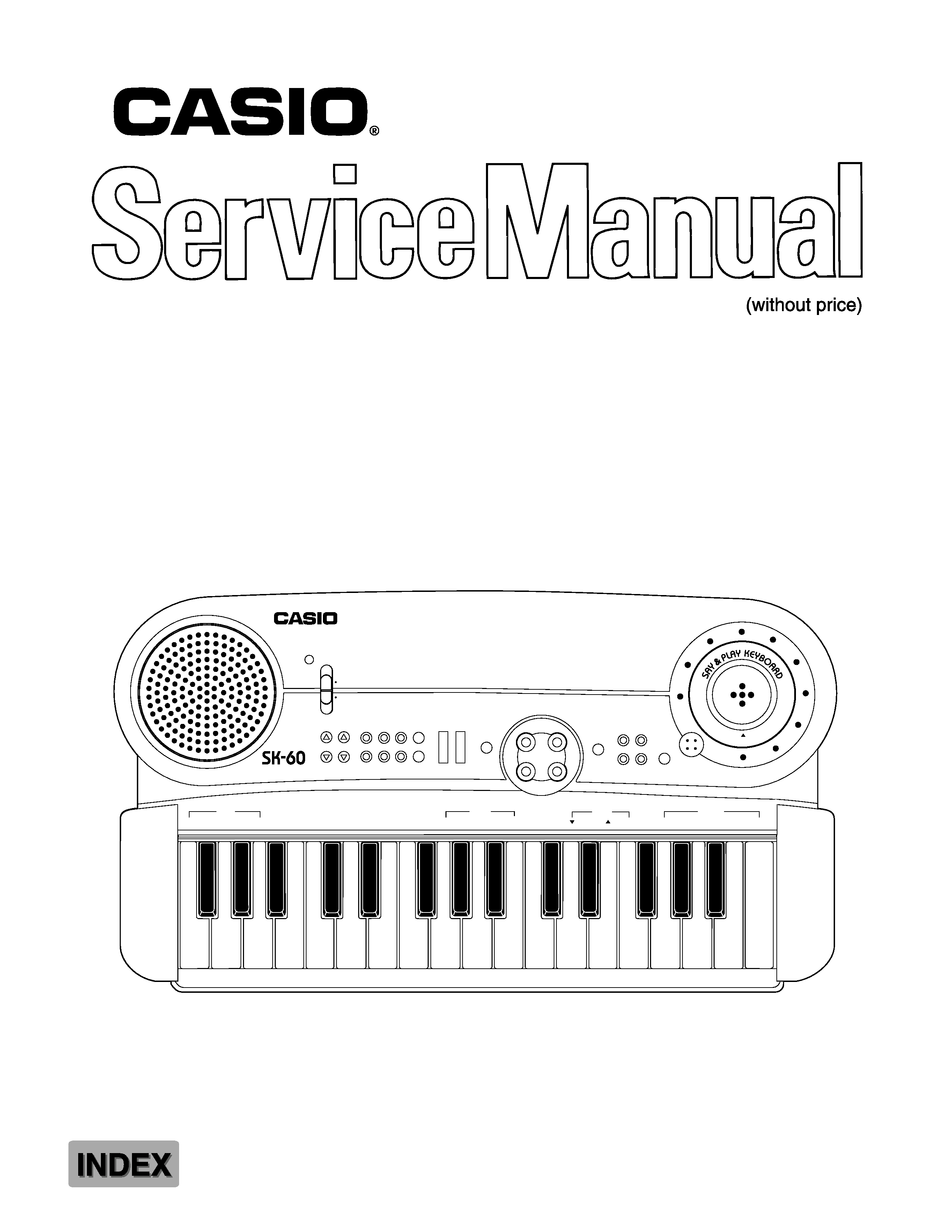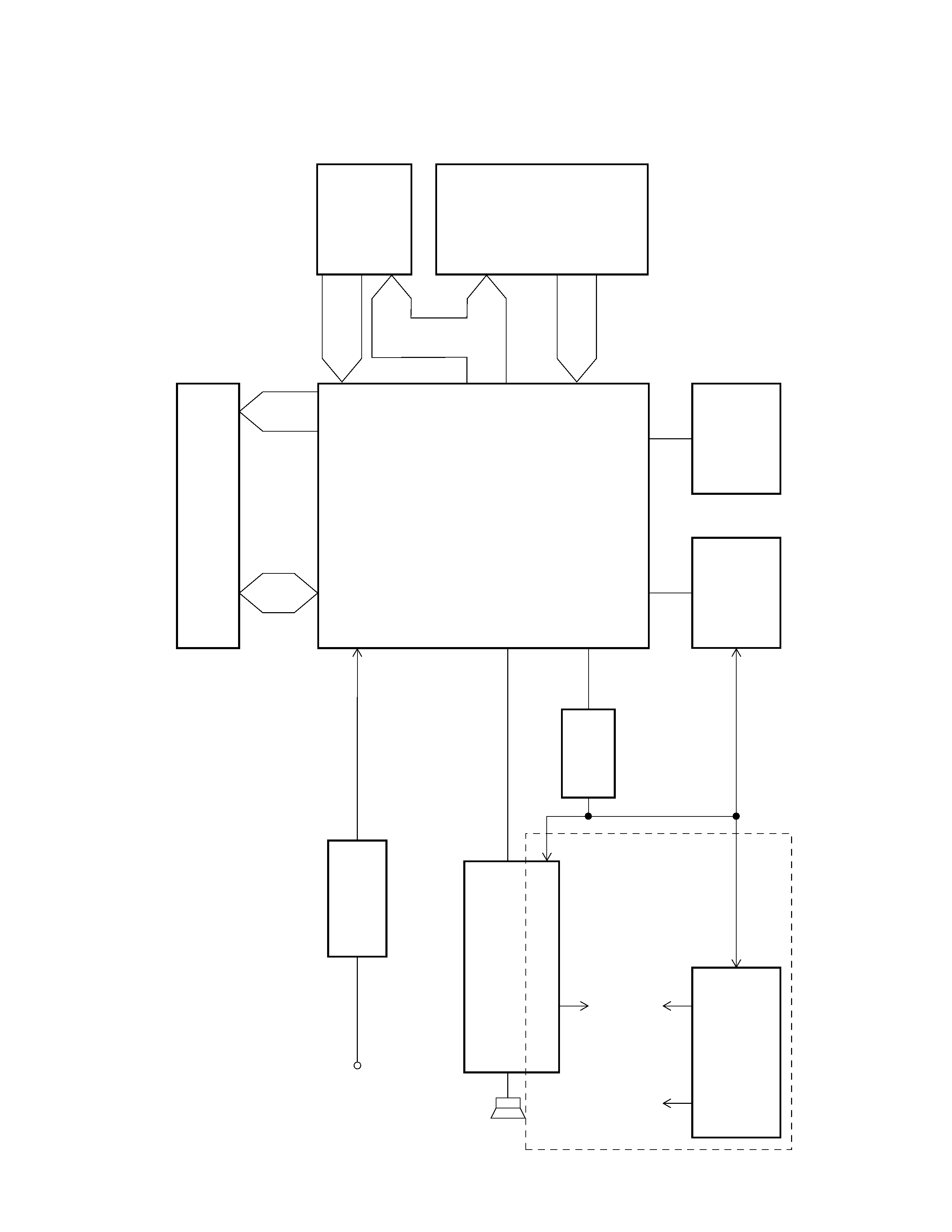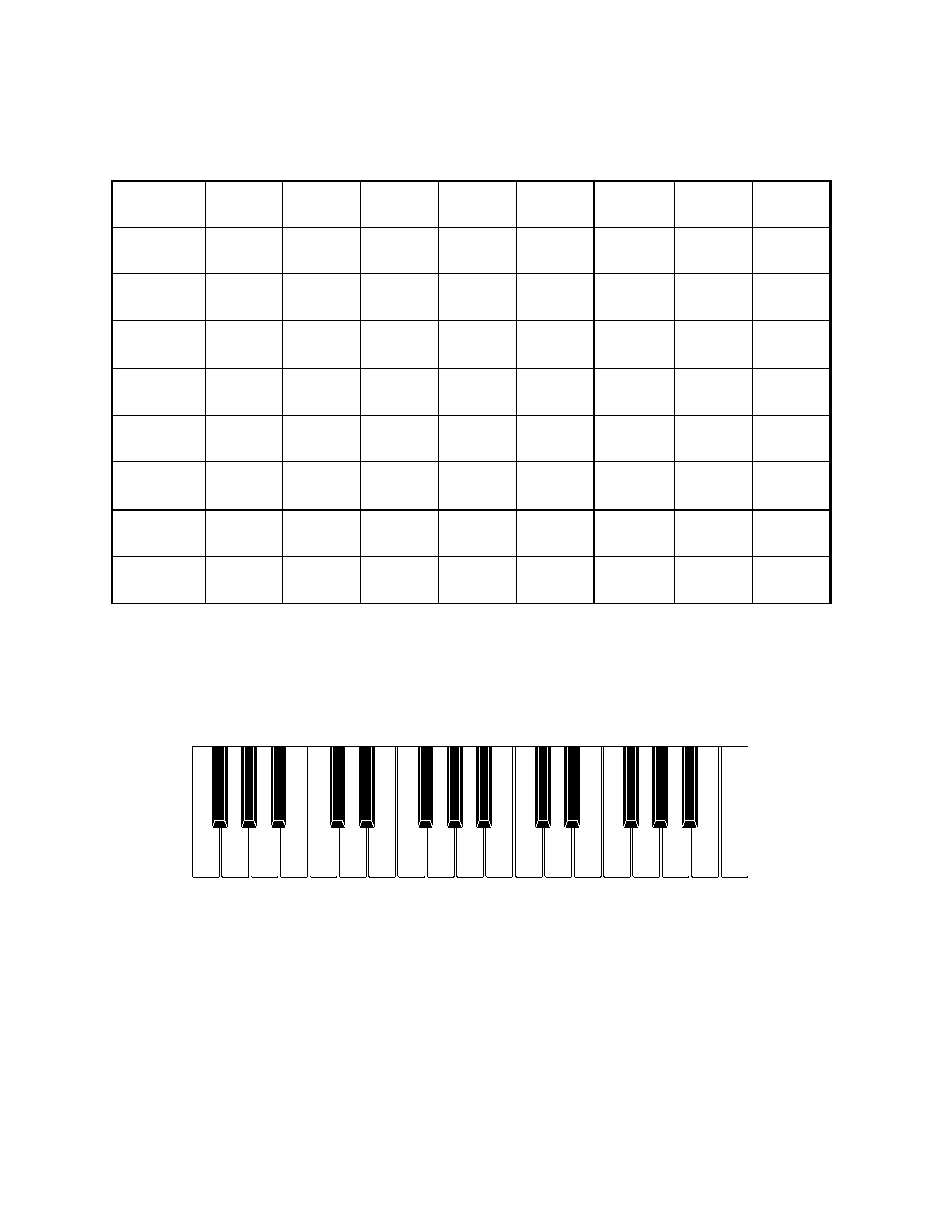
ELECTRIONIC KEYBOARD
SK-60
SK-60
MELODY
ON/OFF
TIME
SM
L
1-2-3
1-2-3-4
1-2
CYCLE
REVERSE
CLEAR
RELEASE
EFFECT
LOOP
TUNE
RESET
36 TONES
12 FREE SESSIONS
11
12
13
14
15
16
21
22
23
24
25
26
31
52
53
54
55
56
61
62
63
64
65
66
32
33
34
35
36
41
42
43
44
45
46
51
@
11
12
13
14
15
16
21
22
23
24
25
26
31
32
33
34
35
36
41
42
43
44
45
46
51
52
53
54
55
56
61
62
63
64
65
66
POPS 1
BIG BAND
SWING
FOX TROT
POPS 2
WALTZ 1
WALTZ 2
POLKA
SKA
TEX-MEX
COUNTRY
BAROQUE
MARY HAD A LITTLE LAMB
AMAZING GRACE
ACH DU LIEBER AUGUSTIN
LONDON BRIDGE
JOY TO THE WORLD
GREENSLEEVES
JINGLE BELLS
SILENT NIGHT
O CHRISTMAS TREE
YANKEE DOODLE
SANTA LUCIA
MARCH FROM "THE NUTCRACKER"
VOICES OF REASON (ORIGINAL SONG)
TWINKLE TWINKLE LITTLE STAR
DOOIN' MY THING (ORIGINAL SONG)
ODE TO JOY
LITTLE BROWN JUG
SPRING FROM "THE FOUR SEASONS"
WHEN THE SAINTS GO MARCHING IN
FRÈRE JACQUES
OLD MacDONALD HAD A FARM
AULD LANG SYNE
LONDONDERRY AIR
ROW, ROW, ROW YOUR BOAT
DOO1 (MALE)
DOO2 (MALE)
BAH (BASS)
BOM (BASS)
VOICE PERCUSSION
DOO-BEE
BOM-BAH
DOO-BEE-DEE
DOO-BEE-BAH
DOO-BEE-DEE-BAH
DOO-BEE-DOO-BAH
SIREN 2
TELEPHONE
SPACE 1
SPACE 2
FUNNY
DOO (FEMALE)
BEE (FEMALE)
DEE (FEMALE)
BAH (FEMALE)
AHH (CHOIR)
OOH (CHOIR)
LA (CHILDREN)
PIANO
ELEC PIANO
ORGAN
ACCORDION
GUITAR
VIBRAPHONE
VIOLIN
STRINGS
TRUMPET
CLARINET
SAX
FLUTE
SIREN 1
HUMAN VOICE
HUMAN VOICE
(CYCLE)
36 SONG BANK
24 SONGS
POWER
ON
OFF
VOLUME TEMPO
TONE
SONG BANK
START/
STOP
MAGICAL
SINGER
PAD
EFFECT
SAMPLE
EDIT
SAMPLING
PAD
A
C
B
D
SAMPLING MIC
12
3
45
6
12
34

-- 2 --
CONTENTS
Specifications .......................................................................................................................... 2
Block Diagram ......................................................................................................................... 3
Circuit Description ................................................................................................................... 4
Major Waveforms .................................................................................................................... 7
Printed Circuit Board ............................................................................................................... 8
Schematic Diagrams ............................................................................................................... 9
Exploded View ...................................................................................................................... 11
Parts List ............................................................................................................................... 13
SPECIFICATIONS
GENERAL
Number of keys:
32
Polyphonic:
12-note
Preset tones:
18
Human voice tones:
12
Voice cycles:
6
Song bank:
24-tune
Free sessions:
12
Pads:
4
Pad settings:
Sampled sounds, effects, voice percussion
Sampling method:
8-bit Differential Pulse Coded Modulation (DPCM)
Sampling rate:
13,021 kHz
Sampling duration:
2.4 seconds maximum
Tuning control:
Approx. 440 Hz
Built-in speakers:
4 inch dia. 2 W input rating: 2 pcs
Terminals:
7.5 V DC
Power source:
2-way AC or DC source
AC: AC adapter
DC: 5 AA size dry batteries
Power consumption:
2.0 W
Dimensions(HWD):
416
× 222 × 530 mm (16-3/8 × 8-6/8 × 20-7/8 inches)
Weight:
1.0 kg (2.2 lbs) excluding batteries
ELECTRICAL
Current drain with 7.5 V DC:
No sound output
50 mA
± 20%
Maximum volume
200 mA
± 20%
with white keys F4 to C6 pressed in Bah tone (No. 44)
Power off
80
µA (maximum)
Speaker output level (Vrms with 4
load):
with key C4 pressed in Accordion tone
480 mV
± 20%
Volume: maximum
Minimum operating voltage
5.8 V

--
3
--
CPU
LSI1
MSM6755B-10
Keyboard
Buttons
PG
Q1, X1
Reset IC
IC1
RE5VL40AA
Q103
Voltage Regulator
Q101, Q102, D102
Mic. Amp.
Q105, Q106
Mic. input
VCC
DVDD
AVDD
Power Supply Circuit
APO
MD0 ~ MD7
MA0 ~ MA14
RAM (256 Kbit)
LSI2
HM62256BLSP-8
KI0 ~ KI3
KO0 ~ KO7
KI4 ~ KI7
Amp./Voltage Regulator
IC101
AN8053N
BLOCK DIAGRAM

-- 4 --
KI0
KI1
KI2
KI3
KI4
KI5
KI6
KI7
KO0 (SO0)
F3
C#4
A4
F5
A
1
1
Song
KO1 (SO1)
F#3
D4
A#4
F#5
B
2
2
Start/
Stop
KO2 (SO2)
G3
D#4
B4
G5
C
3
3
Melody
On/Off
KO3 (SO3)
G#3
E4
C5
G#5
D
4
4
Tone
KO4 (SO4)
A3
F4
C#5
A5
Volume
Up
Magical
Singer
5
KO5 (SO5)
A#3
F#4
D5
A#5
Volume
Down
Sampling
6
KO6 (SO6)
B3
G4
D#5
B5
Tempo
Up
Edit
Effect
KO7 (SO7)
C4
G#4
E5
C6
Tempo
Down
CIRCUIT DESCRIPTION
KEY MATRIX
NOMENCLATURE OF KEYS
F3
G3
A3
B3
C4
D4
E4
F4
G4
A4
B4
C5
D5
E5
F5
G5
A5
B5
C6
F#3 G#3 A#3
C#4 D#4
F#4 G#4 A#4
C#5 D#5
F#5 G#5 A#5

-- 5 --
Pin No.
Terminal
In/Out
Function
1
MA14
Out
Address bus
2
MWEB
Out
Write enable signal output
3
NC0
--
Not used.
4 ~ 19
MA0 ~ MA13
Out
Address bus
13
MRDB
Out
Read enable signal output
17
MCSB
Out
Chip select signal for the RAM
20 ~ 27
MD0 ~ MD7
In/Out
Data bus
28, 29
NC1, NC2
--
Not used.
30
DGND
In
Ground source
31
DVCC
In
+5 V source
32, 33
XTL0, XTL1
In/Out
20 MHz clock input/output
34
NC3
--
Not used.
35
RSTB
In
Reset signal input
36
RXD
--
Not used. Connected to +5 V.
37
TXD
--
Not used.
38
NMI
In
Power ON signal input
39
APO
Out
APO(Auto Power Off) signal output
40
NC4
--
Not used.
41
REFH
Out
Terminal for the built-in DAC/ADC
42, 43
NC5, NC6
--
Not used.
44
DAOR
Out
Sound waveform output
45
NC7
--
Not used.
46
AVdac
In
+5 V source for the built-in DAC/ADC
47
DAOL
--
Not used.
48
REFL
Out
Terminal for the built-in DAC/ADC
49
AGdac
--
Not used.
50
AGadc
In
Ground source for the built-in ADC
51
ANI
In
Analog signal input
52
AVadc
In
+5 V source for the built-in ADC
53
NC8
--
Not used.
54
MOD0
In
Mode selection terminal
55, 56
MOD1, MOD2
In
Mode selection terminal
57
P40
In
APO cancellation signal input
58 ~ 65
KI0 ~ KI7
In
Terminals for key/button input signal
66 ~ 73
KO1 ~ KO8
Out
Terminals for key scan signal
74 ~ 78
--
--
Not used.
79
LVCC
In
+5 V source
80 ~ 95
--
--
Not used.
96
LGND
In
Ground source
97 ~ 100
--
--
Not used.
CPU (LSI1: MSM6755B-10)
Containing a sound data ROM and a DAC (Digital to Analog Convertor), the CPU provides sound waveform
in accordance with the pressed key and the selected tone. The CPU also records the voice picked up the
microphone, using the built-in ADC (Analog to Digital Convertor) and the RAM.
The following table shows the pin functions of LSI1.
